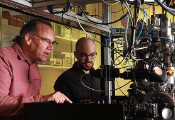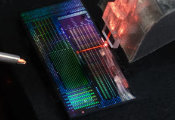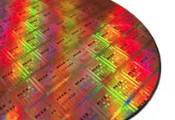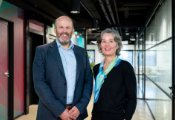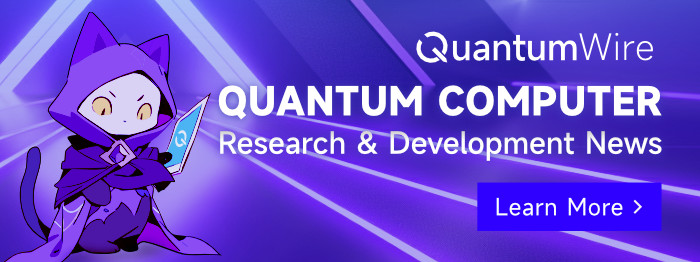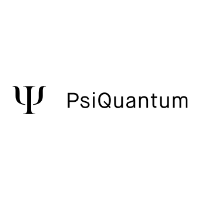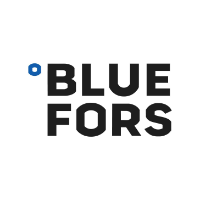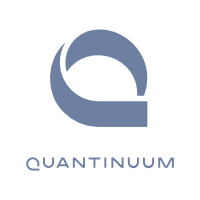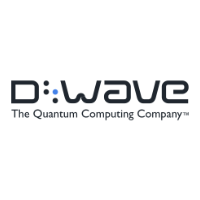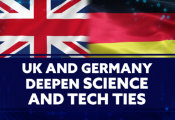U.S. Air Force Awards Illinois Grainger Engineering $4.8M to Investigate Loss in Superconducting Quantum Hardware
October 31, 2025 -- A multidisciplinary collaboration in The Grainger College of Engineering at the University of Illinois Urbana-Champaign has received a four-year, $4.8 million award from the Air Force Office of Scientific Research (AFOSR) to study the origins of defects in superconducting qubits.
Led by Illinois Grainger Engineering physics professor Angela Kou, the initiative will address a critical knowledge gap in superconducting hardware for quantum computing. Using techniques from materials growth, device fabrication, materials characterization and atomic-scale simulation, researchers from the Departments of Physics, Materials Science and Engineering, and Electrical and Computer Engineering will study the origin of two-level system (TLS) defects in superconducting qubits.
“TLS defects are especially problematic because they essentially pull quantum information away from the system under a user’s control,” Kou said. “They’re a major limiting factor for superconducting quantum hardware, and they’re uncontrollable because we don’t know what causes them. Identifying their origin is a massive undertaking, one that Grainger Engineering is uniquely positioned to tackle with its expertise across multiple science and engineering disciplines.”
Scalable manufacturing processes, high processing speed and the ability to integrate with standard electronic hardware makes superconducting hardware a leading candidate for constructing quantum computers. It is used by Google, IBM and Rigetti.
Like other quantum computing modalities, superconducting hardware requires isolating and controlling a qubit – a quantum system with two distinct states that stores and processes quantum information. In this case, the qubit is an electrical circuit made using a superconducting capacitor or inductor and a Josephson junction.
TLS defects occur when additional uncontrolled two-state quantum systems are present in the device. Since they have the same energy scales as the desired qubit, they can interact with it and dissipate quantum information. Their effects on the quality of the device are observable, but researchers have not determined what is responsible for these defects.
“We have assembled six co-principal investigators across three academic departments to focus on this one problem,” Kou said. “A big part of enabling this collaboration is the collegial atmosphere of Illinois Grainger Engineering. Although we come from different disciplines, our offices are all near each other. In addition, a subset of us participated in an AFOSR incubator program prior to this, where we had the idea of combining our measurement modalities to study the same samples and look for correlations.”
Each co-principal investigator will bring a unique capability and skillset to the problem.
Electrical and computer engineering professor Minjoo (Lawrence) Lee is a leading expert in materials growth. His group will apply molecular beam epitaxy to grow superconducting qubit devices atom by atom, allowing for precise, systematic control over their structures.
Materials science and engineering professor Pinshane Huang specializes in transmission electron microscopy, allowing the behaviors of individual atoms in the devices to be captured in real time.
Materials science and engineering professor David Cahill will measure the devices’ thermal reflectance and conductance, providing insight into the structures of junctions and interfaces and whether they host defects.
Kou’s research group will perform microwave characterization, which allows information loss and the number of TLS defects coupled to the qubit to be measured.
Physics professor Wolfgang Pfaff can directly probe the energy structure and time dynamics of the devices.
Materials science and engineering professor André Schleife is a theorist specializing in atomic-scale simulation who will calculate the properties of different kinds of defects and compare them to observed data.
“It’s going to be a loop: growth, characterization, theory, repeat,” Kou said. “By the end, we should have a recipe for reducing the occurrence of TLS defects, and hopefully we’ll understand what causes them. We hope that we’ll come out the other side with knowledge that will make superconducting quantum processors even better than they are now.”
The award will be co-administered by the Air Force Office of Scientific Research and the Army Research Office Laboratory of Physical Sciences.


